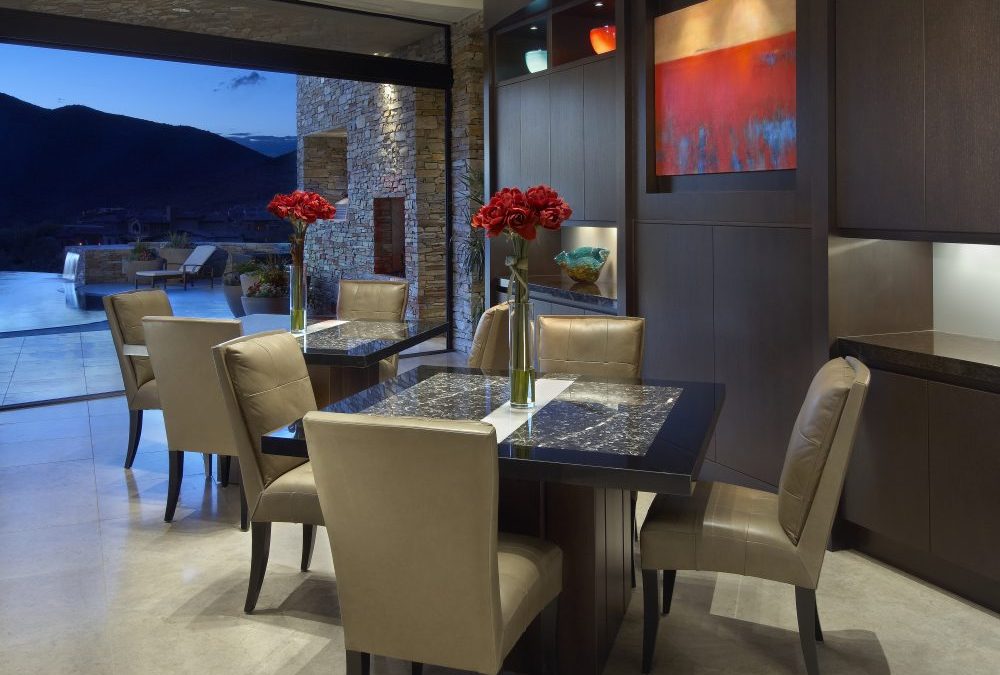Your home is your sanctuary. There is nothing more satisfying than finishing a long day at work and walking into a space that makes you feel happy, calm, and safe. The most popular definitions of a happy home are: a place where you feel safe and secure (69%), a place where you can relax (64%), a place where you can be yourself (57%). So, what if you found out that your lighting choices were actually partially responsible for your lack of sleep? Or if your color scheme contributed to your anxiety? Wouldn’t you want to know exactly what to do to make your home the perfect sanctuary for you and your family? Interior designers are highly sought after for exactly this reason! You might know what you want your home to look like and feel like but, to know how to achieve that, is something altogether different. A professional and experienced designer knows about color, spacing, lighting, patterns and textures. Here are some things in your home that could ultimately be affecting your mood!
Lighting
The lighting in your home has a direct affect on your mood. Have you heard of the expression, “mood lighting?” This plays a big part in the various rooms of your house. Lighting can also be responsible for how productive (or unproductive you feel), how you are sleeping at night, strain on your eyes, and even decision making! Studies suggest that emotions are experienced more intensely under bright lights. So, for example, fictional detectives interrogating suspects under bright lighting may have been on to something. Depending on the function of the room, an interior designer will know exactly what lights will provide the desired results you are looking for.
Color
During the design process, the color choices of each room may be the most important decisions you make. For each room ask yourself, “How do I want to feel in here?” HGTV gives a brief explanation of colors in the home and how they make you feel.
Pink: fun, lively, and positive
Red: passionate, intimate, comforting, and can also stimulates appetite
Yellow: welcoming and also linked to promoting intelligence
Green: tranquil, restful and balancing
Those are just a few examples of the many colors you can choose from and how they can ultimately make you feel. Talk to your designer about the function and feeling of each room to best determine what colors are needed.
Size and Spaciousness
The size and the spaciousness of the room also influences the occupant’s mood. Interior designers use a concept called “Perception of Space” to make homes appear more spacious, and to make sure that rooms are as user friendly as possible. Perception of Space are visual tricks that interior designs work with to alter how others view the space around them.
Mirrors, wall-hangings, and furniture that are scaled to size can all help create the perception of more space. You don’t need a large room or a large house to achieve this feeling. Placement of furniture and decorations also contribute to your mood indirectly. A good interior designer utilizes all of this knowledge from the placement of small items in your home to the placement of larger furniture to make the best use of your space.
Hiring a professional designer to create your ideal home sanctuary is preferred for obvious aesthetic reasons, but now you know, it’s important for your overall mental health too. If you have an office space, you want colors, and lighting, and furniture that will promote productivity and concentration. You want your bedroom to be calming and your living room to be inviting. Bring these feelings and these visions to life with a designer who can make it a reality. Look for someone who has the reviews and the reputation to make it happen!


